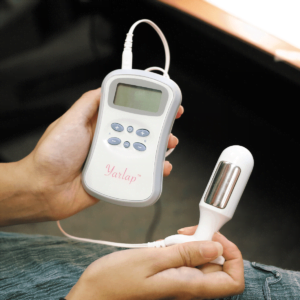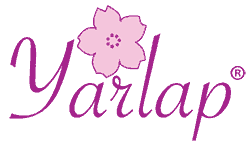If adults with incontinence were to form a nation-state, it would be the third largest country in the world. Citizens of the inconti-nation would be of all ages. A majority of the population would be female because women are more likely to experience life-events that can strain the pelvic floor muscles, like childbirth, which can cause urinary leaks. As global populations mature, the inconti-nation will keep growing.
Soon more adults will need diapers than babies. It’s already happened in Japan, where adult incontinence products have outsold baby diaper sales since 2013.
Incontinence is an issue that affects millions of people across the United States. 1 in three women will experience it and 62% will leak in public. Incontinence is twice as prevalent in women as in men. But why? What can you do about it?
Many people do not know that there is a high incident of urinary incontinence in female collegiate athletes. Muscle over-tension or repetitive impact put a significant strain on a young woman’s pelvic floor muscles.
Interestingly, qualities data suggests pelvic floor muscle tone can be regained for women of virtually any age and size. The weakening of the pelvic floor muscles from pregnancy, delivery, and even sports is a big factor in when incontinence can start.
Female urinary incontinence is a symptom of an underlying problem. For example, the muscles of the pelvic floor hold our organs in position. If the pelvic floor muscles weaken (e.g. birthing, sports, non-use), the organs shift from their natural position like children laying in a loose hammock.
When the organs descend their weight places pressure on the bladder. The added pressure results in what is commonly known as stress urinary incontinence; leaks from movement like a cough, laugh or sneeze.
If muscles contract spasmodically, often from muscle inactivity, the contraction produces an urgent need to void. The leaks that results from the urgency cause what is named “Over-Active Bladder” (OAB) or “urge” urinary incontinence. Mixed urinary incontinence is when a person has both stress and urge urinary incontinence.
While there are many women incontinence treatment options out there, it can be difficult to choose what works for you. There are many benefits to treating the cause if urinary incontinence – not the symptom. Here are some of the most common women’s incontinence treatments:
Kegel exercises:
Simple, pelvic floor exercises (Kegels) can treat the cause of incontinence (by learning to strengthen) or hypertonus (by learning to relax) the pelvic floor muscles.
Unfortunately, a significant number of women who try to tone their pelvic floor muscles with Kegel exercises find it difficult to determine if their pelvic muscle exercises have been performed correctly – even with help from a licensed health care professional. It is neither the Physical Therapists or the patients fault. The patient can be overwhelmed with emotional issues related to their condition making it difficult for the patient to understand the clear instructions given in the healthcare professional’s office. It is suggested, the leading cause women do not return for the second visit to their healthcare professional for pelvic floor exercise (estimates as high as 70% never return), is because the patient did not understand the instructions – the patient believing the Kegel exercises do not work or take too much time and concentration. Of course, any exercise is only as safe and effective if the right procedures are followed.
Pads or Adult Diapers:
This is one of the more popular treatments because pads are readily available in all supermarkets and convenience stores.
Pads or adult diapers are extremely absorbent and can absorb most leakages throughout the day. Many women like this option because it is basically 24-hour protection, and they can easily carry pads anywhere they go.
However, having urine come into contact with skin can be irritating and can lead to rashes, and occasionally, infections. Many women also do not like the feeling of wearing a pad or an adult diaper, as it can be bulky and uncomfortable.
Some women do not like the smell that is sometimes associated with pads and adult diapers. Either the pad is scented and can lead to skin irritation because of the chemicals in the fragrance, or the pad does not contain a scent, which makes it easier to detect the smell of urine when leakage occurs.
Pessary:
This is an option that doctors turn to when the pelvic floor and other muscles below the bladder need more support, especially if Kegels are not working.
A pessary usually comes in the form of a ring, though there are other shapes as well. It is typically made of silicon and must be fit to your pelvic muscles by your doctor. The support this device lends to the pelvic muscles help women who experience stress incontinence, or leakage while coughing, laughing, and jumping.
While a pessary can give a lot of support to the pelvic floor, it requires at least one doctor visit to get it fitted. Depending on the pessary, you may need to visit the doctor every few months for removal and cleaning. A pessary also does not strengthen pelvic muscles so they function better; it simply acts as a support to the pelvic floor.
Catheter, surgery, medication:
If a woman continues to experience incontinence, doctors might start to look at more invasive treatments. This can include injections around the urethra to support those muscles, as well as inserting a catheter to drain the bladder completely. Some women may also need to have surgery to repair weak bladders, or to reposition the bladder or urethra in the pelvic region. These treatments are typically for advanced and persistent incontinence.
Best Incontinence Treatment: Yarlap®
Yarlap® is the latest in women’s incontinence treatment and technology. It is designed for women who seek an easy, discreet, and effective way to strengthen their pelvic floors and reduce leakage.

All rights belong to Relevium Labs Inc. © 2018
Yarlap® with AutoKegel® sends precise instructions to the muscles using a mild impulse to work-rest the pelvic floor muscles correctly, comfortably, safely and conveniently.
It’s much like in nature where a mild electrical impulse is sent to the muscles to work-rest, but Yarlap® with AutoKegel® there is no minimum muscle control necessary to start, there is no need to concentrate on the routine, and there is no guessing as to what are the proper muscles to contract and for how long; with Yarlap®, the work-outs for strength or massage are pre-set.
As such, the Yarlap® is appropriate for women of virtually any age or size. It can even lead to improved feminine performance. We have customer reporting improved feminine performance and expression even into their 80s using the Yarlap®.
Yarlap® is a Kegel trainer that does the workout for you. It takes the guesswork out of Kegels. You simply plug the stimulator into the Yarlap® unit, pick the right program for you, then insert the stimulator into your vagina.
With AutoKegel® Technology, it then stimulates and tones your pelvic floor muscles without you having to do the work.
Yarlap® includes 6 clinically-proven programs, which means you can gain control of your incontinence and pick a plan that is perfect for you. In just 20 minutes a day, 3-5 times per week, you can strengthen your pelvic floor and reduce leakage. Many women saw results after just 2 weeks of use.
Yarlap® is FDA cleared, comfortable, and easy to use. Regain and maintain bladder control today with Yarlap®. Click here to Order Your Yarlap®!!



